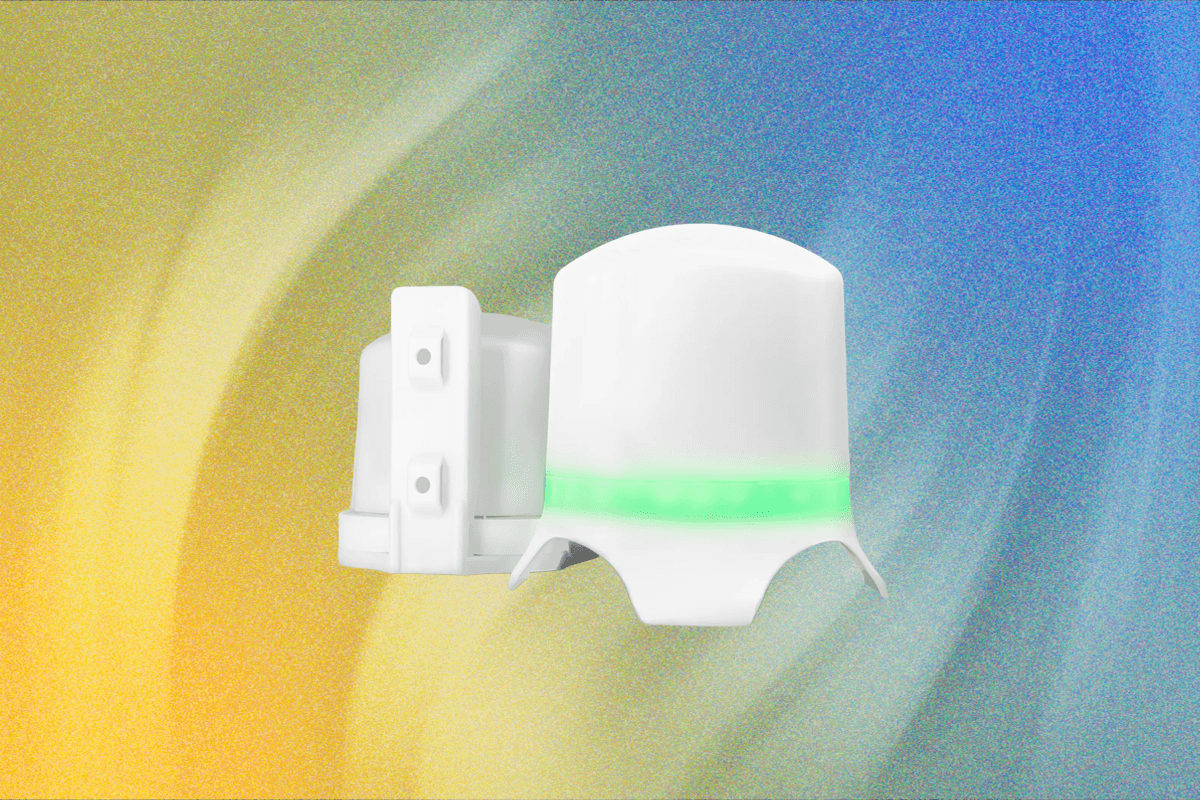Breathing Easy: The Case for Personal Outdoor Air Quality Monitors
3 min read

In an era where environmental awareness is as vital as ever, understanding the quality of the air we breathe is no longer just the domain of scientists and policymakers. Personal outdoor air quality monitors have emerged as essential tools, empowering individuals to take control of their health and contribute to broader community well-being. But what has driven this rise in personal air monitoring, and why is it a trend that’s likely to stick around?
The Rise of Air Quality Awareness
The history of air quality monitoring is steeped in the broader environmental movement that began in earnest in the 20th century. Major air pollution events, such as the Great Smog of London in 1952 and the Donora Smog of 1948 in Pennsylvania, highlighted the deadly consequences of unchecked industrial emissions, leading to increased regulation and monitoring efforts globally.
Fast forward to the 21st century, and the conversation around air quality has expanded significantly. With climate change exacerbating weather patterns and urbanization contributing to pollution, air quality has become a daily concern for many. The advent of digital technology and the Internet of Things (IoT) has revolutionized personal monitoring, making it feasible for individuals to track air quality in real-time.
The Technology Behind Personal Monitors
Personal air quality monitors are compact devices designed to measure various pollutants, including particulate matter (PM2.5 and PM10), volatile organic compounds (VOCs), carbon monoxide, and other hazardous gases. These devices employ advanced sensor technologies and often connect to smartphones or home hubs, providing users with accessible data and alerts about the air they breathe.
The proliferation of these devices is partly due to their affordability and ease of use. Gone are the days when air quality data was only available through cumbersome government stations. Now, anyone can purchase a monitor and gain insights into their immediate environment, often with the ability to share data with larger networks or community platforms.
Community Benefits and Broader Implications
The implications of widespread personal air quality monitoring extend beyond individual health. When aggregated, data from personal monitors can provide a granular view of air quality patterns across different regions and times. This crowdsourced data can be invaluable for researchers, urban planners, and policymakers looking to address pollution hotspots and develop targeted interventions.
Moreover, increased public awareness and concern about air quality can drive policy changes and promote environmental justice. With the ability to pinpoint specific sources of pollution, communities can hold industries accountable and advocate for cleaner practices and regulations.
The Future of Air Quality Monitoring
As technology continues to advance, the accuracy and capabilities of personal air quality monitors are only expected to improve. Integration with smart home systems and wearable technology could further personalize air quality management, offering tailored recommendations to mitigate exposure during high pollution events.
Furthermore, as global efforts to tackle climate change intensify, personal air quality monitors could play a crucial role in supporting these initiatives. By providing real-time data, they can help track the progress of emission reduction strategies and ensure that environmental promises translate into tangible improvements for citizens.
Conclusion
The movement towards personal outdoor air quality monitoring is a testament to the growing importance of environmental health in our daily lives. By equipping individuals with the tools to understand and improve their air quality, these devices are not just gadgets; they are catalysts for change, fostering healthier communities and a more informed public.
As we continue to confront the challenges of pollution and climate change, personal air quality monitors offer a glimmer of hope—empowering us to breathe easier and advocate for a cleaner, more sustainable future.
